Photography is an incredibly popular hobby today. One of the most exciting developments in the last decade has been the development of new camera formats. Many people shoot with their smartphones, but sometimes a more traditional DSLR camera still has its advantages.
In this article, we aim to give you a thorough understanding of what is a DSLR. So that you can judge if a DSLR is the right camera for you.

What is a DSLR?
DSLR stands for Digital Single Lens Reflex camera. Put simply, it’s a digital camera, with a single lens, containing a mirror and a prism within the body.
The mirror and prism bounce light from the lens into the viewfinder. This allows you to compose photos accurately and be as creative as you wish.
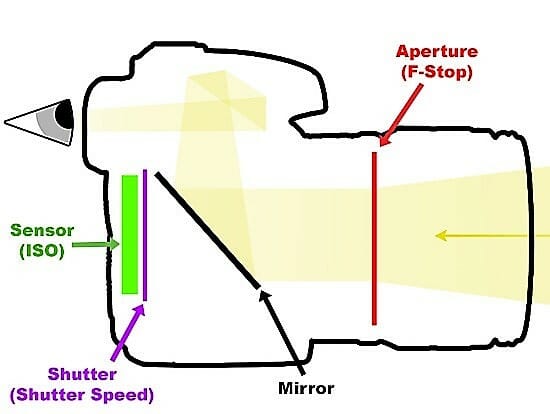
It’s easy to get bogged down in the technicalities of cameras. You may prefer to just get on with taking photos. But, if you want to understand how a DSLR works, do take a look at this video, which explains how a DSLR works.
Bigger Sensor Size Means Better Image Quality
A DSLR sensor is significantly larger than that in a compact camera so the pixels within the sensor can be larger and less densely packed.
The sensor in a Canon crop sensor DSLR will be around 22m in length. Now look at the size of the fingernail on your pinky – that’s the average size of the sensor in a compact or smartphone. Imagine 12 million pixels on both sizes of sensor and you’ll understand what I mean about pixel size and density!

This makes DSLRs much better at gathering light, especially in dark conditions. You can raise your ISO setting much higher than on a compact camera without creating lots of noise (grain) in the pictures.
If you want to learn more about pixel size & density, have a look at this video from Ken Schultz.
Full Frame vs. Crop Sensor
DSLR cameras first appeared in the early 2000s. Digital sensor technology was still a fairly new technology, so full frame sensors would have made cameras prohibitively expensive. Instead, early DSLRs were fitted with smaller sensors, making them more affordable. The cost of technology has dropped over the last twenty years, yet there are crop sensor DSLRs on the market. This is because both formats have their advantages.
Related Article: History of cameras
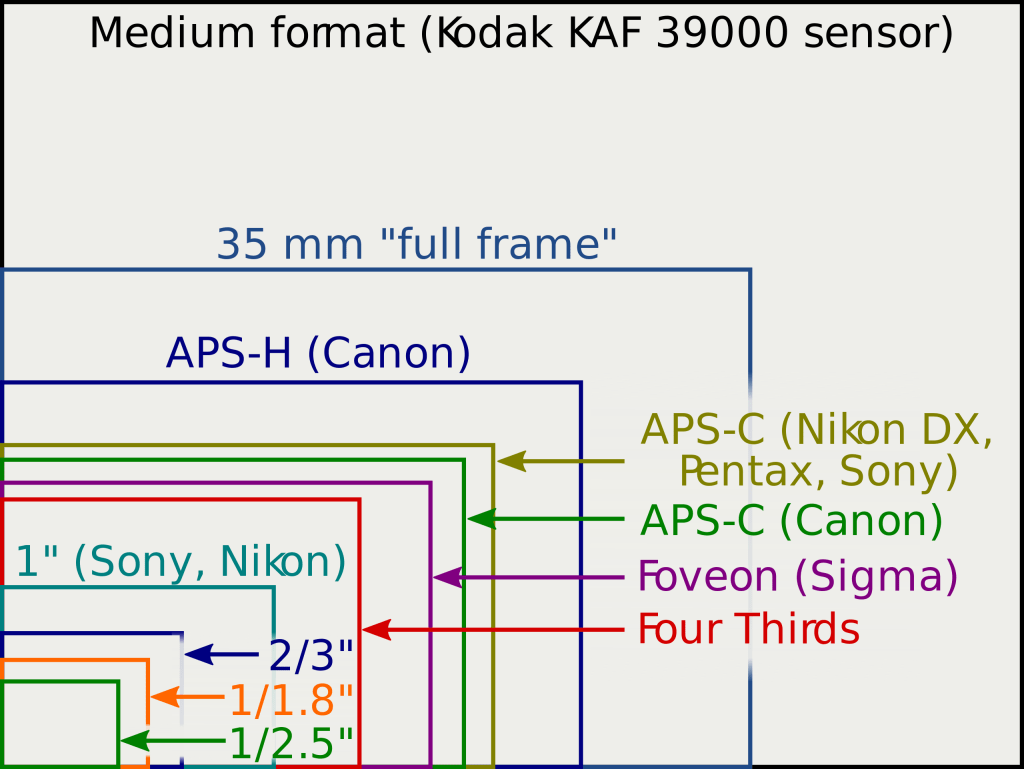
Crop Sensor Cameras
Crop-sensor cameras tend to be smaller and lighter, and the lenses for them have this same advantage. The smaller sensor also means lenses have a different field of view on these cameras. For instance, a 50mm lens used on a Canon crop camera will give an effective focal length of 80mm. This means you have greater reach – a real boon when photographing distant subjects, such as wildlife.
To calculate the effective focal length of any lens on a crop sensor camera simply multiply the focal length by the crop factor, and that is 1.5 (on Nikon and Sony cameras) or 1.6 (on Canon cameras).
Full frame cameras
The larger sensor inside a full frame camera comes with definite advantages. A full frame sensor has larger pixels, for more efficient light gathering. This brings better image quality, especially when shooting in low light.
If you want to understand crop sensor DSLRs better, this video from The School of Photography, explains it well.
How a DSLR Differs from a Compact Camera or Smartphone?
A DSLR has many advantages over smaller cameras, allowing you to unleash your creativity and take amazing photos!

Let’s explore these advantages below.
Interchangeable Lenses
Firstly, using a DSLR gives you access to a vast range of lenses. Being able to change the lens allows you complete flexibility, enabling you to use the best lens for the subject you’re shooting.

Lenses come in a huge variety of focal lengths, from super wide angle to telephoto behemoths. There are lenses to fit all budgets, from beginners to professionals. Lens technology has improved so much in the last 20 years that it’s almost impossible to buy a bad one now. This means that you won’t need to take out a second mortgage to get started!
Don’t overlook lenses made by third party manufacturers like Sigma and Tamron either. Many of their offerings are just as good as those made by the big brands, and significantly cheaper too.
Better Ergonomics
I’ve lost count of the number of times my iPhone has almost slipped through my fingers when taking photos. By contrast, a DSLR has a large grip to hold onto, and carefully designed controls to help you quickly change camera settings.
DSLRs also have large viewfinders to help you compose your pictures. The simple act of holding the camera to your face makes it more stable, and less prone to camera shake. Composing pictures via an LCD screen can be difficult in bright sunlight – a viewfinder removes this problem entirely.
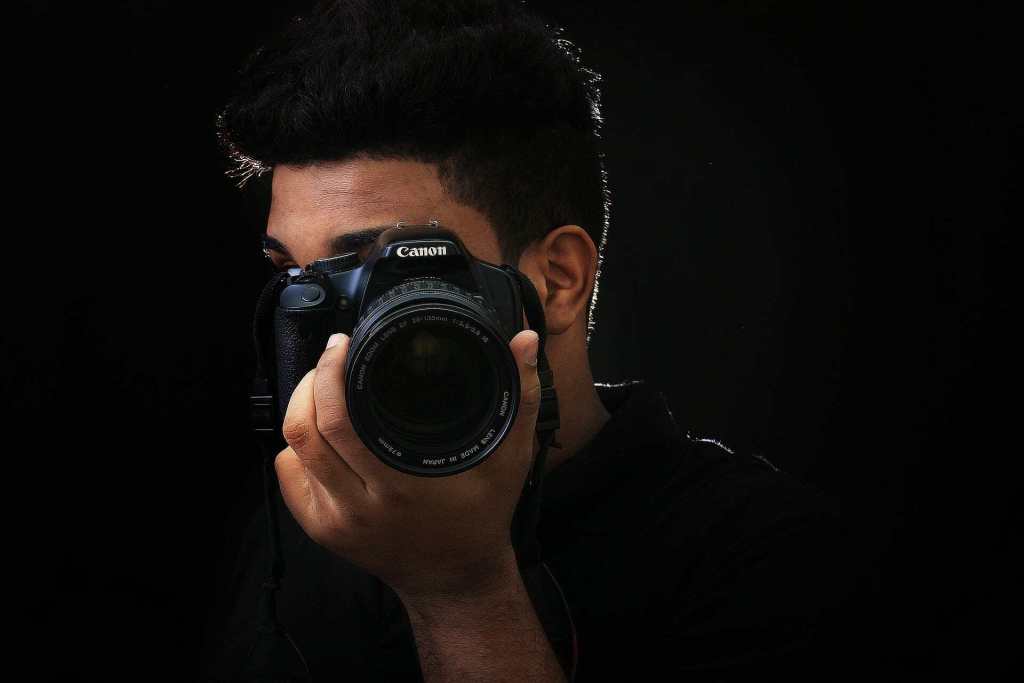
DSLRs come in all sizes
If you’re worried about a DSLR being too big and heavy, there’s plenty of choices when it comes to size and weight. From the compact Canon 200D to the immense Nikon D5, there’s a DSLR that’ll fit anyone’s hands.
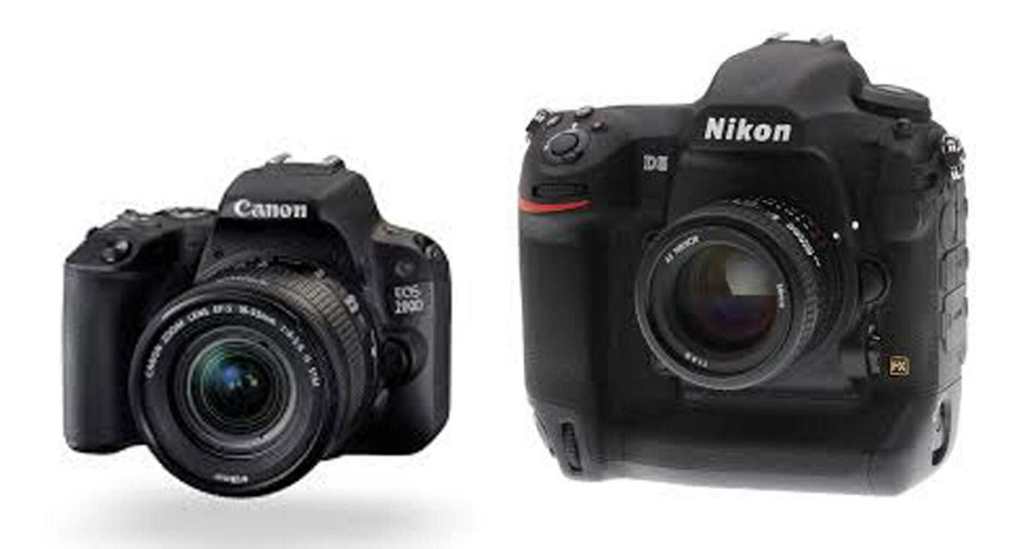
DSLRs Have Incredible Battery Life
If you’ve used a compact or smartphone camera for long periods you’ll know how often you have to recharge the battery. DSLR batteries are much more powerful and you can often go for days without needing to recharge. Using the LCD on a smaller camera saps the battery quickly, while a DSLR’s optical viewfinder has no real impact on battery life.

So Many Megapixels! Does It Really Matter?
The number of megapixels (MP) has long been a selling point for all cameras. Manufacturers would like us to believe a bigger number is always better! We’ve reached a point though where, unless you plan to print pictures really big, 16MP should be sufficient.
If you’re tempted by a camera with a really high MP count do remember the photos will be bigger too. This means they’ll take up more storage space and your computer will have to work harder if you choose to edit them.
Remember, if you’re after the best image quality, the size of your sensor is always going to be more important than a high megapixel count.
DSLR Cameras Excel at Autofocus
One area where DSLRs really excel is their lightning-fast autofocus. If you need to capture fast moving subjects – children or animals, for instance – a DSLR will do the job much better than a compact camera. In low light situations, a DSLR will also outperform mirrorless cameras.
Related Articles: Camera focus modes, How to take sharp photos.
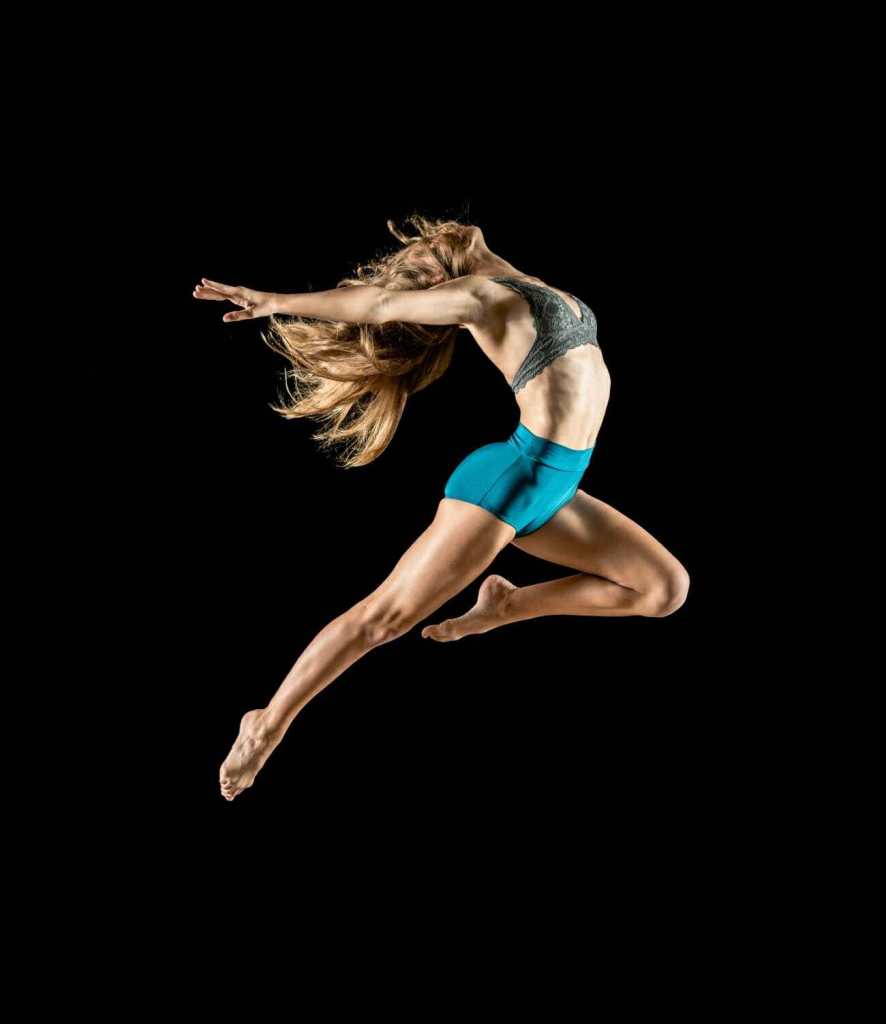
Tips for Buying a DSLR
Before you buy a new camera I’ve got some tips to help you make the right choice
- Try before you buy. A camera is a very individual thing – one model may feel more comfortable in your hands. Do try and visit a brick and mortar shop to handle several models rather than just ordering online.
- Buy the kit lens too. If you’re a first time DSLR buyer, do purchase the kit lens too. The lens adds very little to the overall cost and it means you can start shooting straight away. Kit lenses are surprisingly good these days, and you can always sell the lens if you upgrade your glass later.
- Don’t feel you have to buy the most expensive model. Technology changes so quickly now that you’ll probably upgrade your camera in a few years. A better strategy is to spend the extra cash on quality lenses. Lens technology changes much more slowly, and if you buy good glass now you can reuse it with future cameras.
- Buy the same brand as your friends. This means you can ask their advice and perhaps borrow their lenses to too!
Over to you…
Have I whetted your appetite to try a DSLR?
If you decide to take the plunge and buy one, do share some of your photos in the comments below. We’d love to see them. If you want to share them beyond that, why not take a look at Photoblog.com? It’s simple to create an account to start sharing the photos from your new DSLR with a welcoming community of like-minded people.
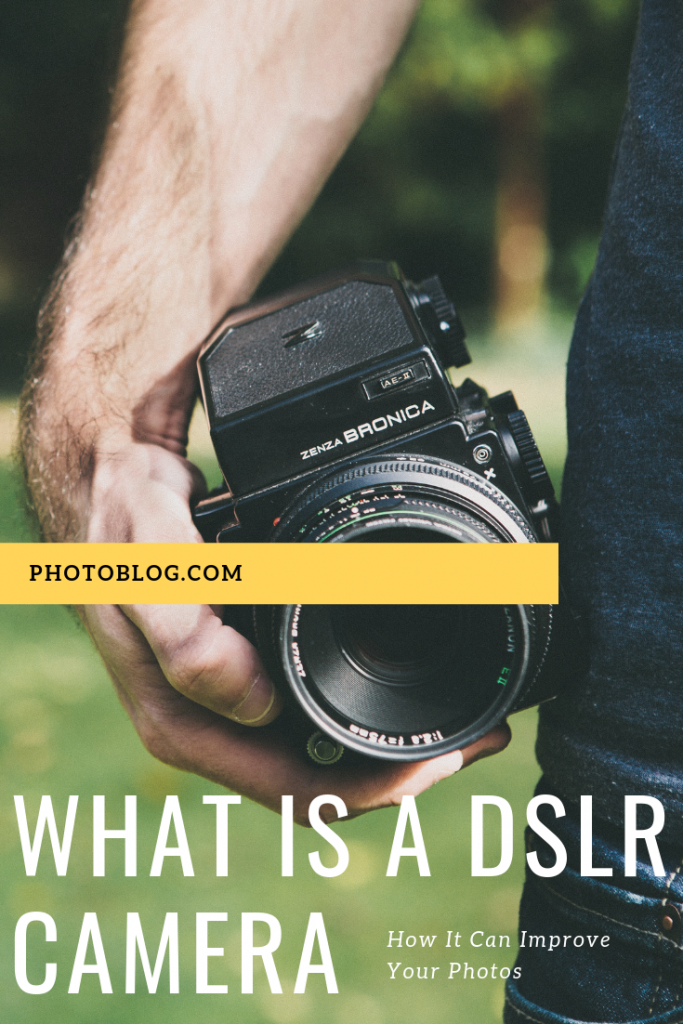
Now that you’ve seen all this incredible photography, I hope you’re feeling inspired.
And I hope you feel excited to get out–and take some fantastic photos!
But if you want to feel inspired all the time, you should definitely sign up for the PhotoBlog newsletter. We send our subscribers all sorts of great stuff–such as inspiration, tips, and photography secrets. All to help you capture world-class photographs.
Did I mention that it’s all totally FREE?
(Oh, and we’ll send you a natural lighting cheat sheet–designed to help you use light in ways you’ve never considered.)
So to start capturing amazing photos, and to start feeling inspired all the time, enter your email:
Download FREE Photography Lighting Cheat Sheet
Subscribe and get a free downloadable photography lighting cheat sheet
